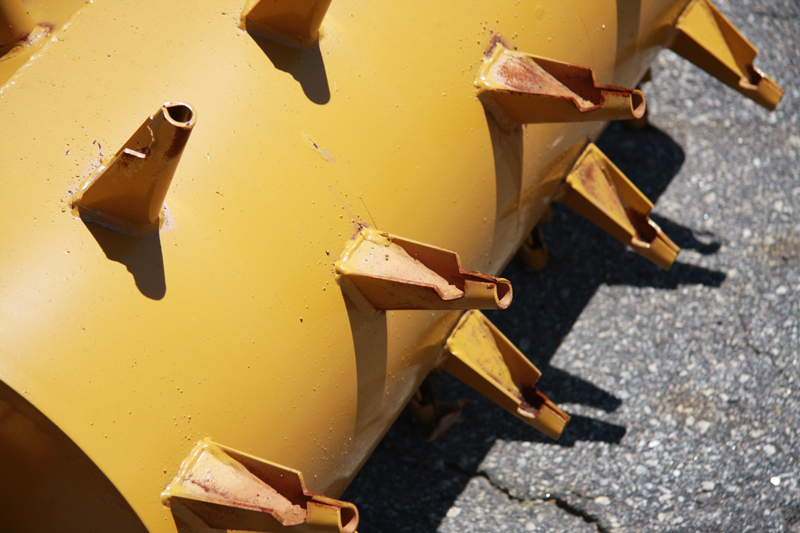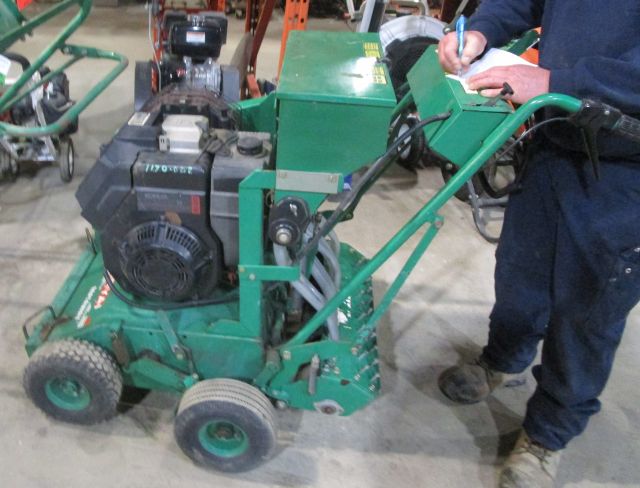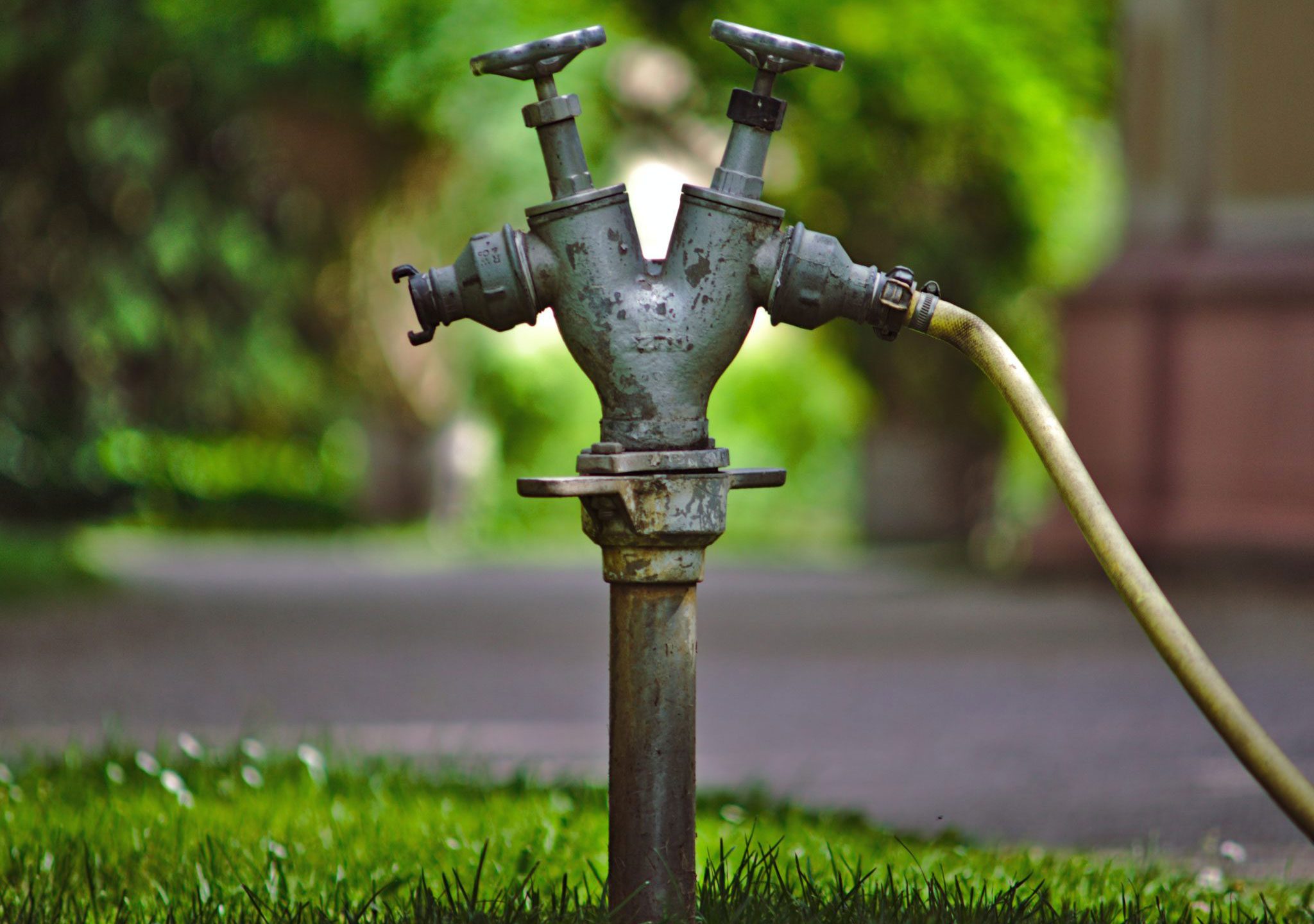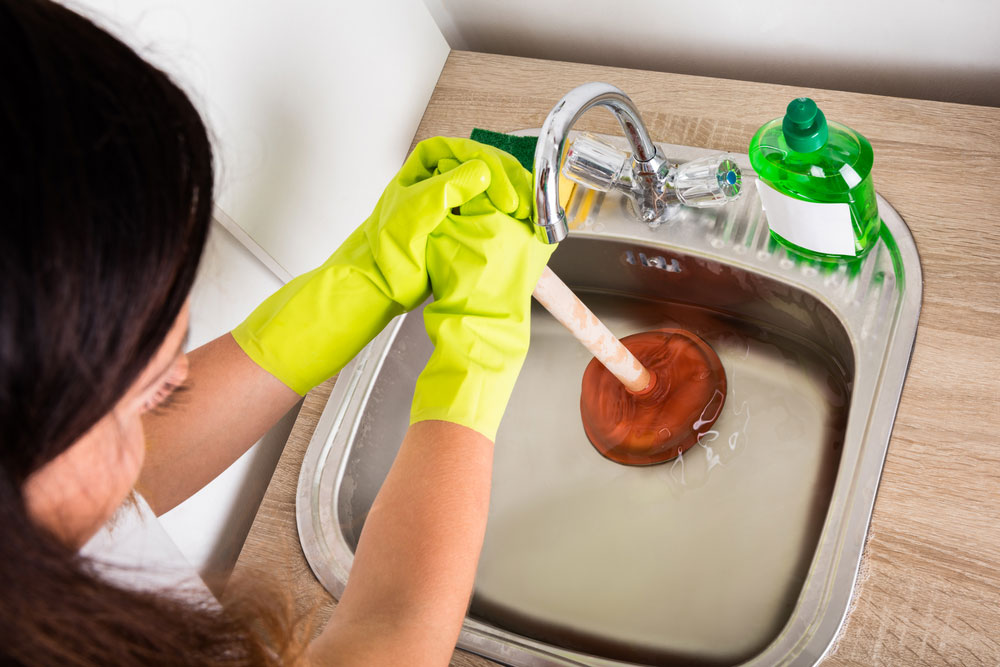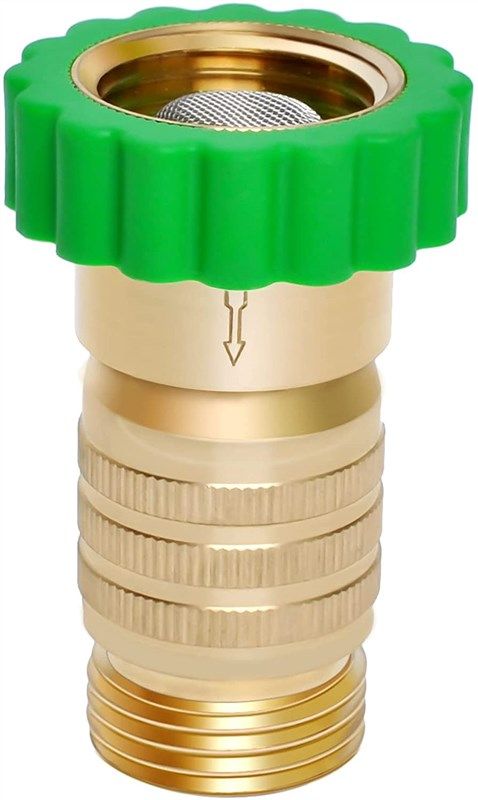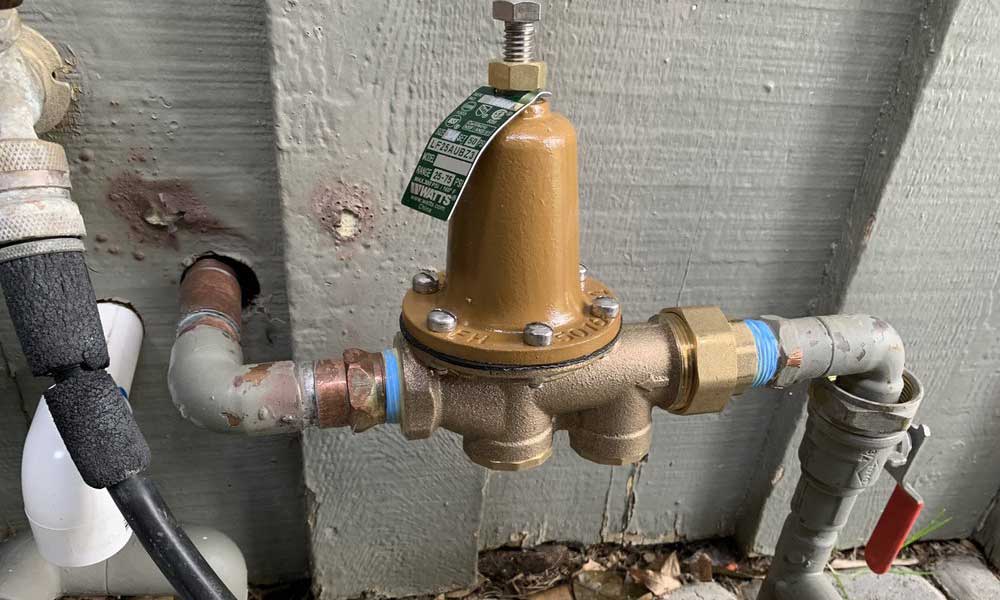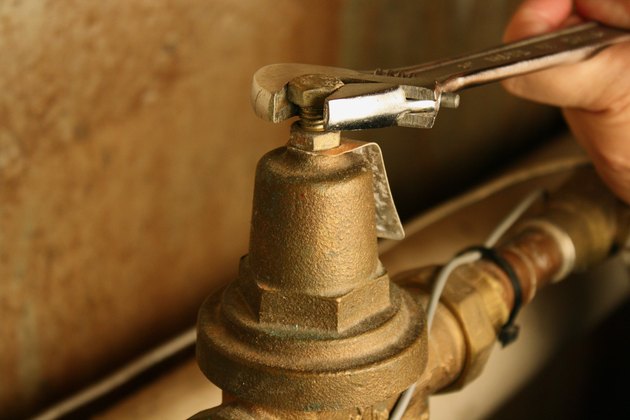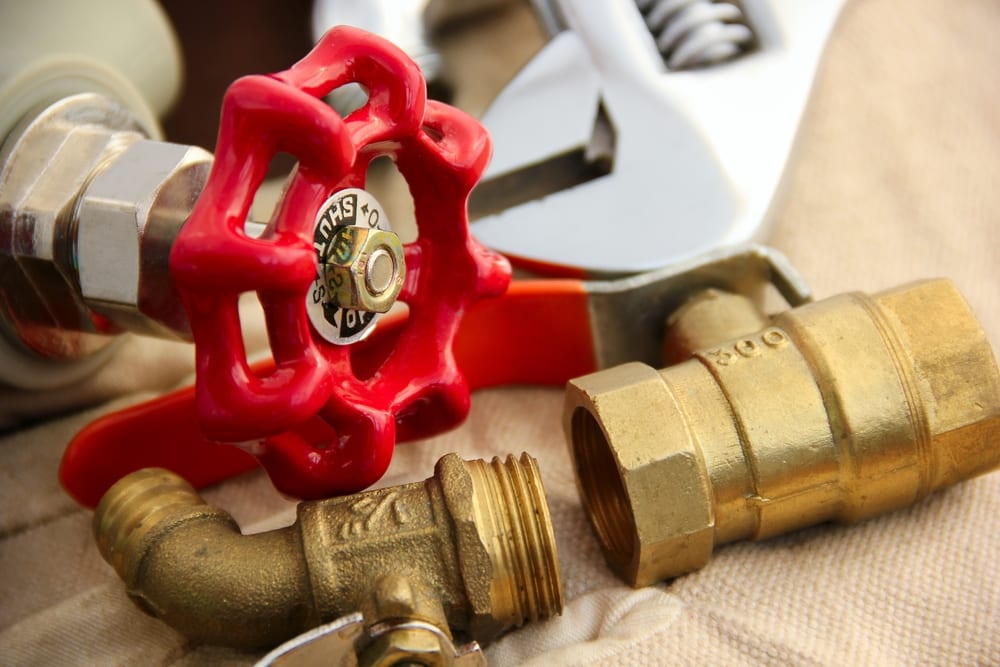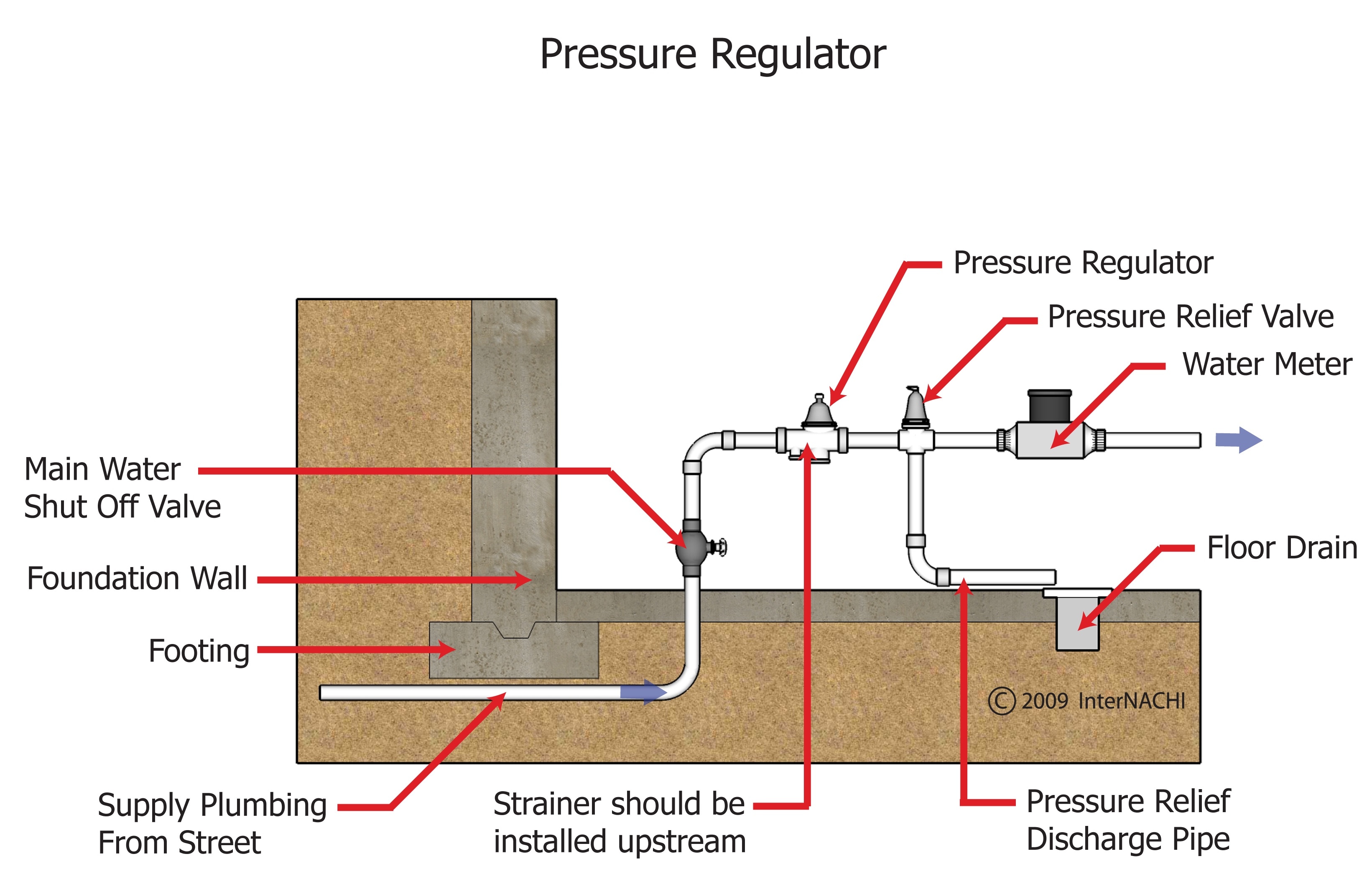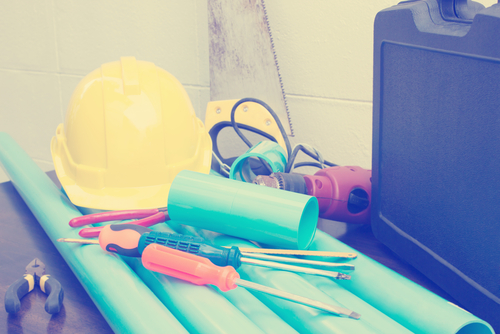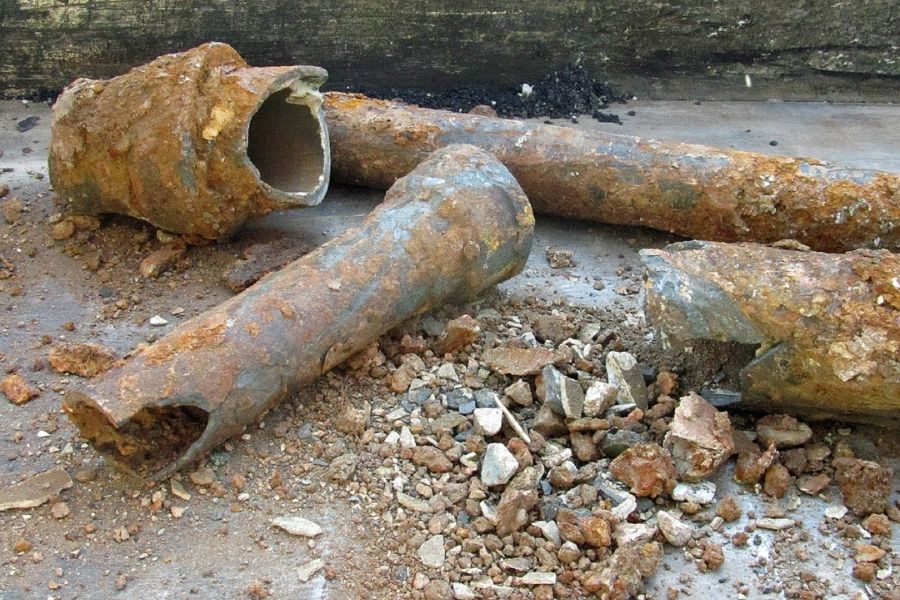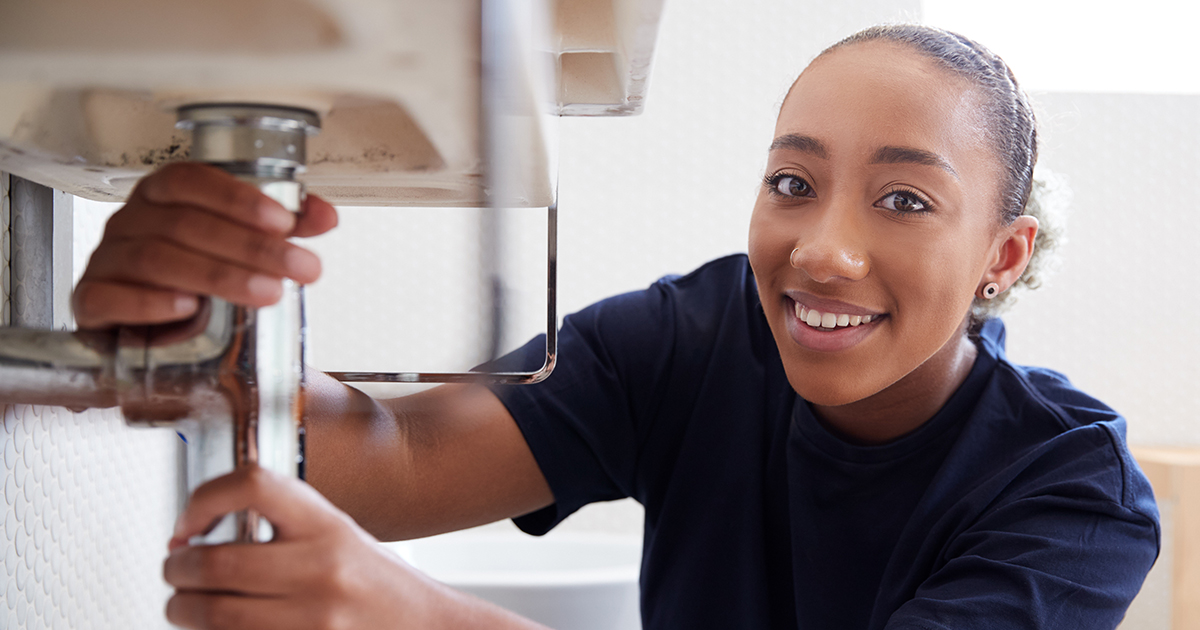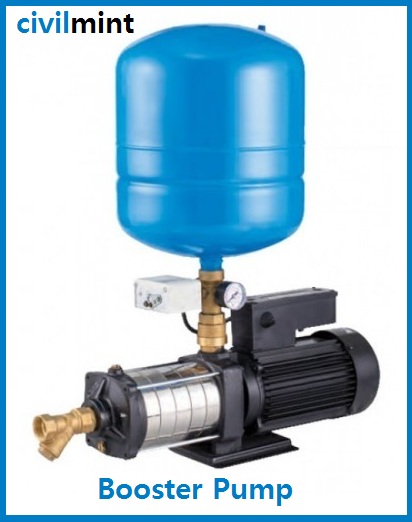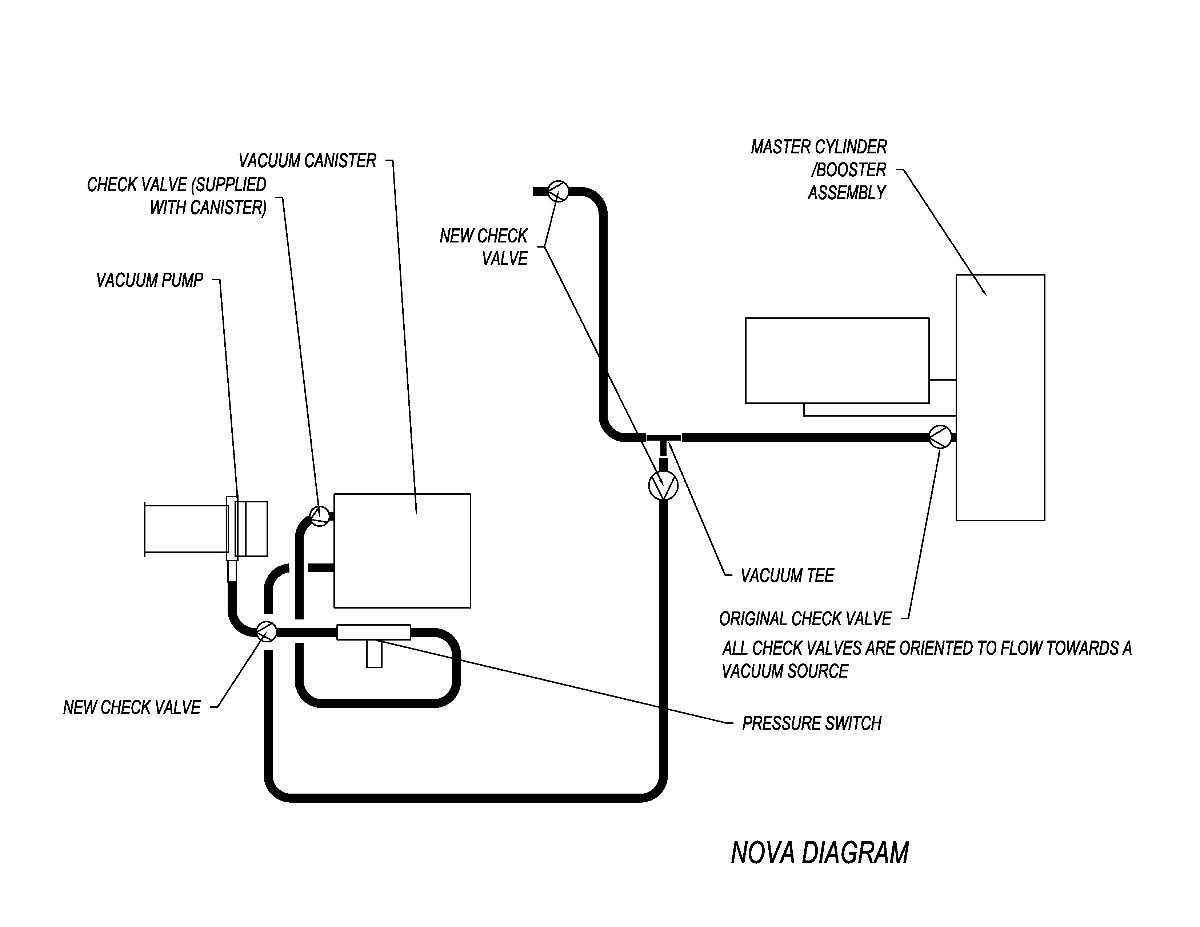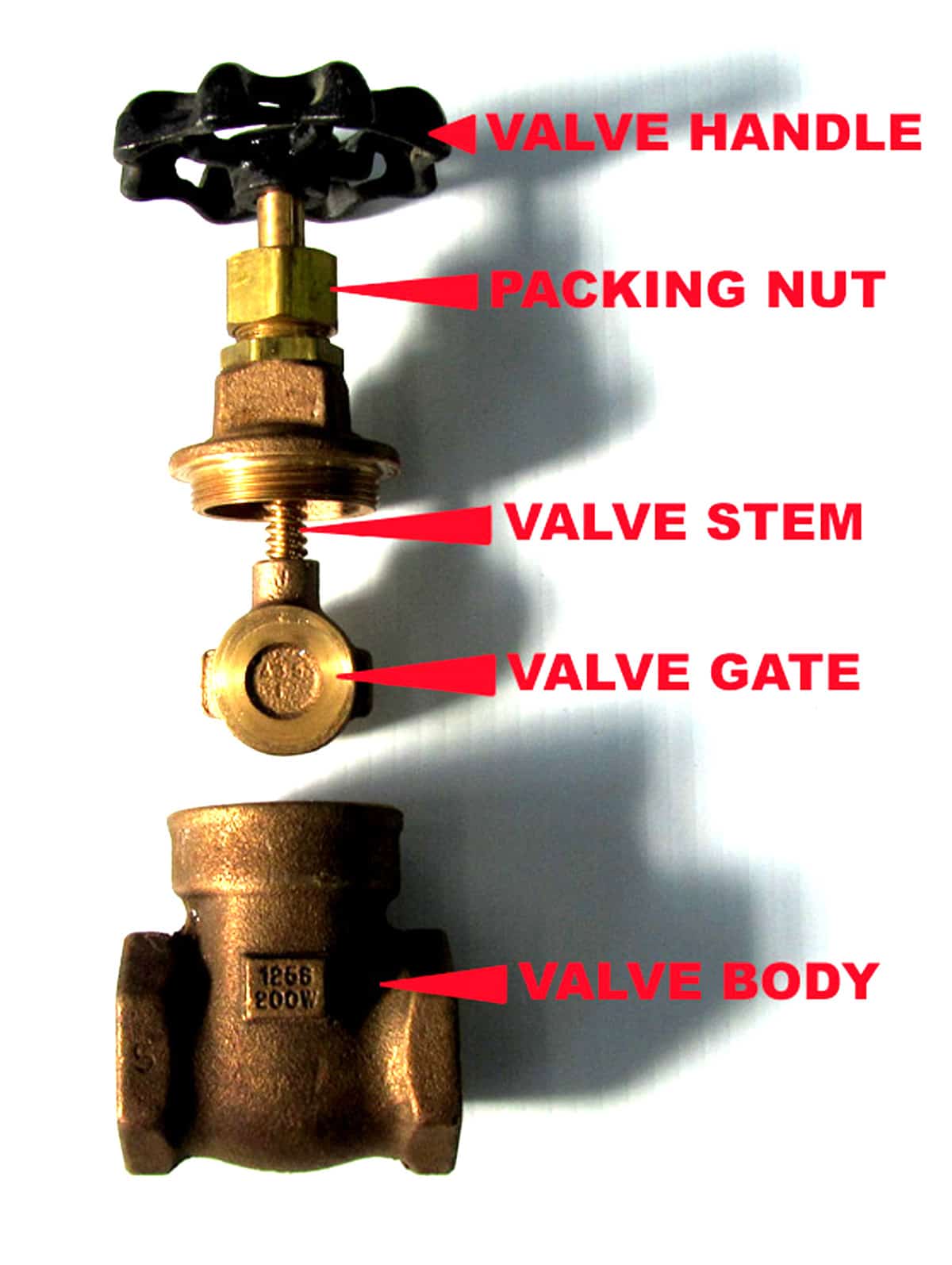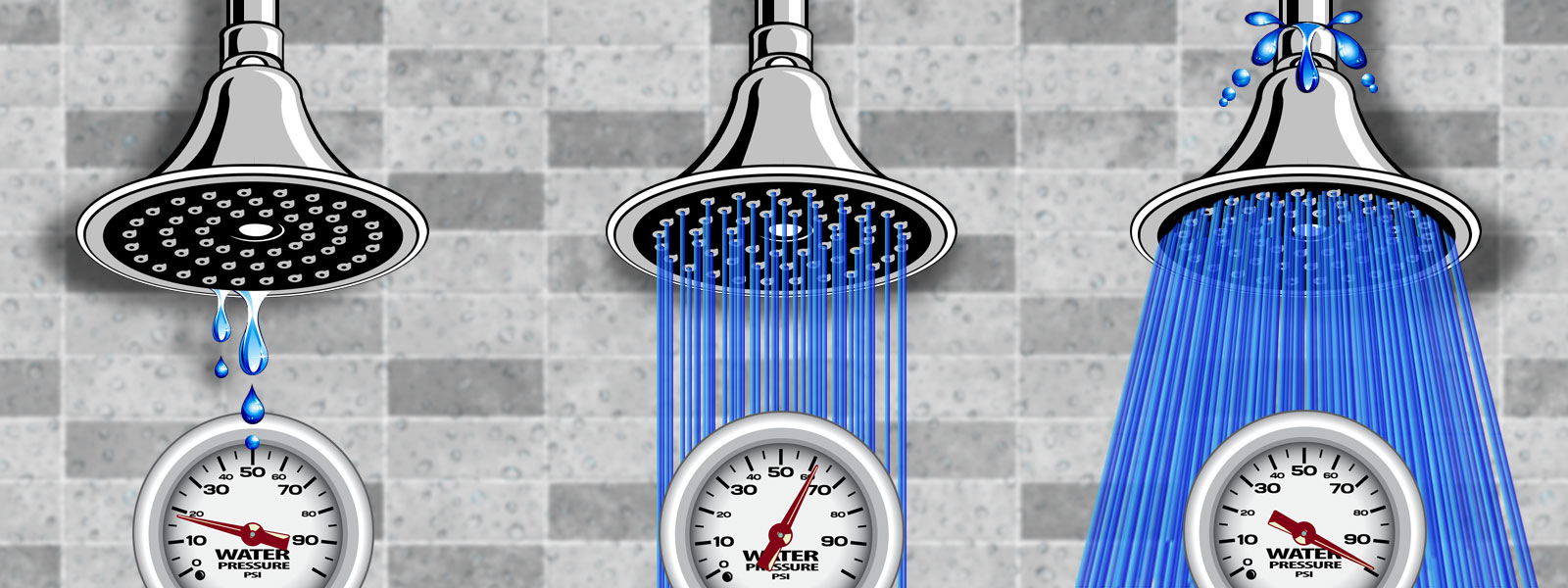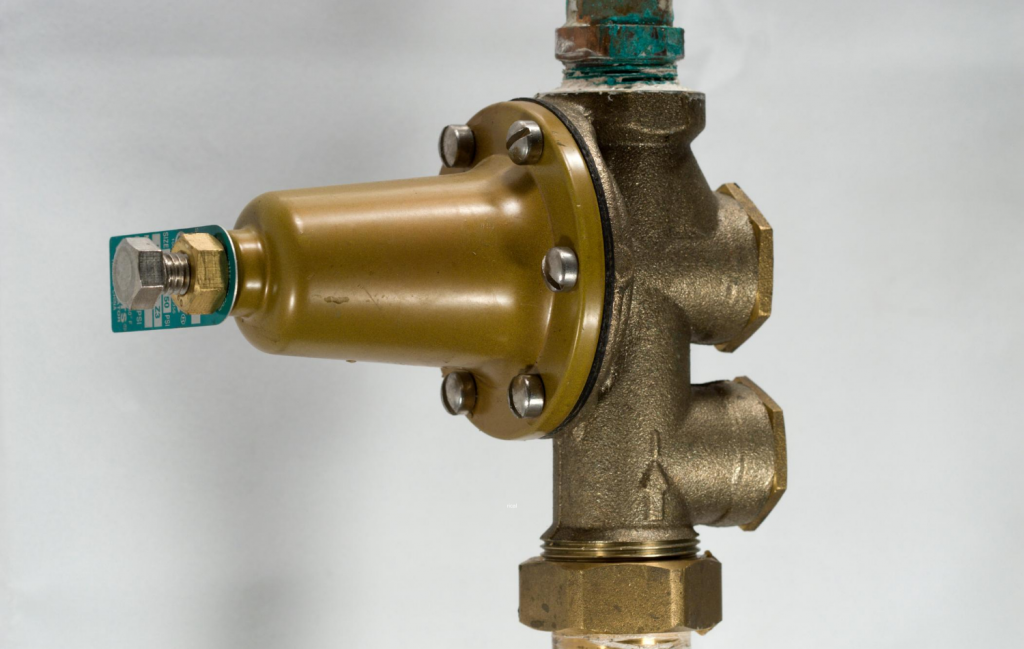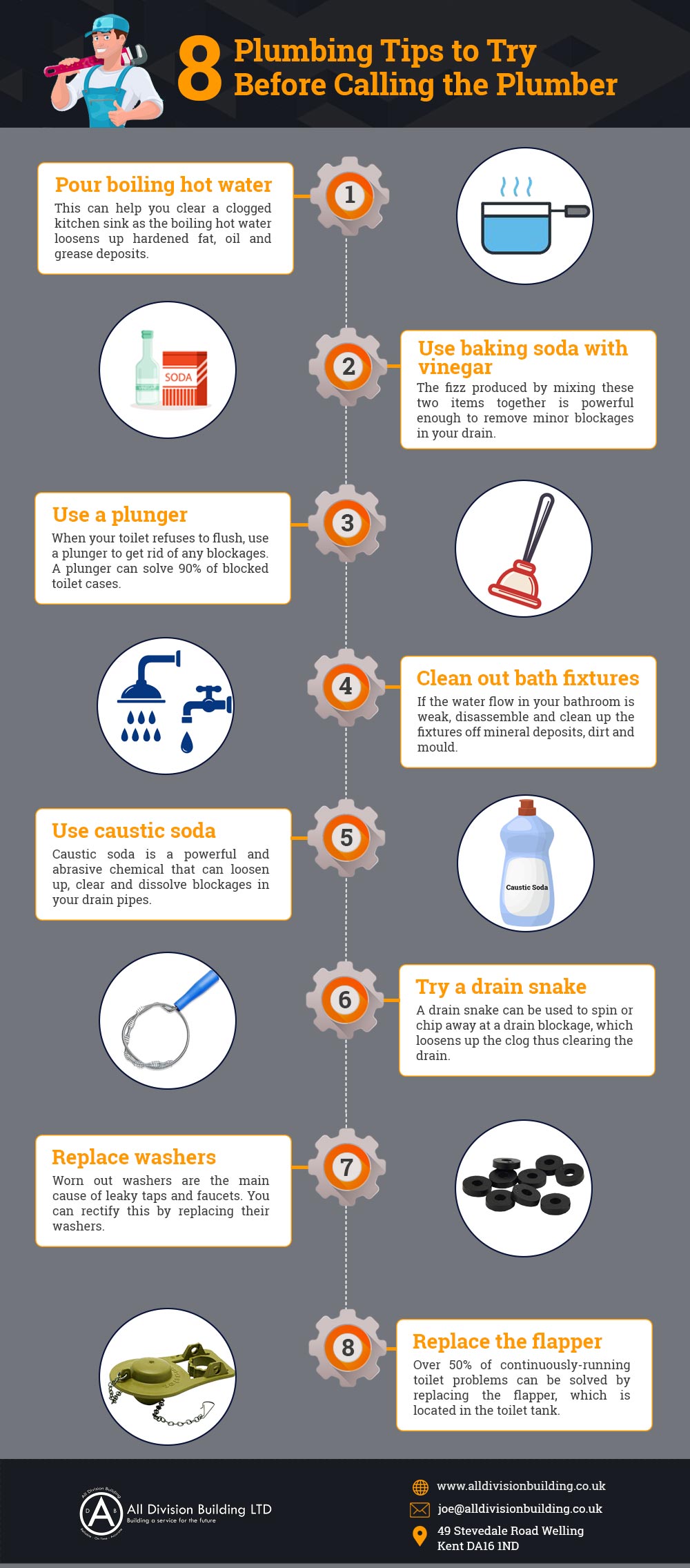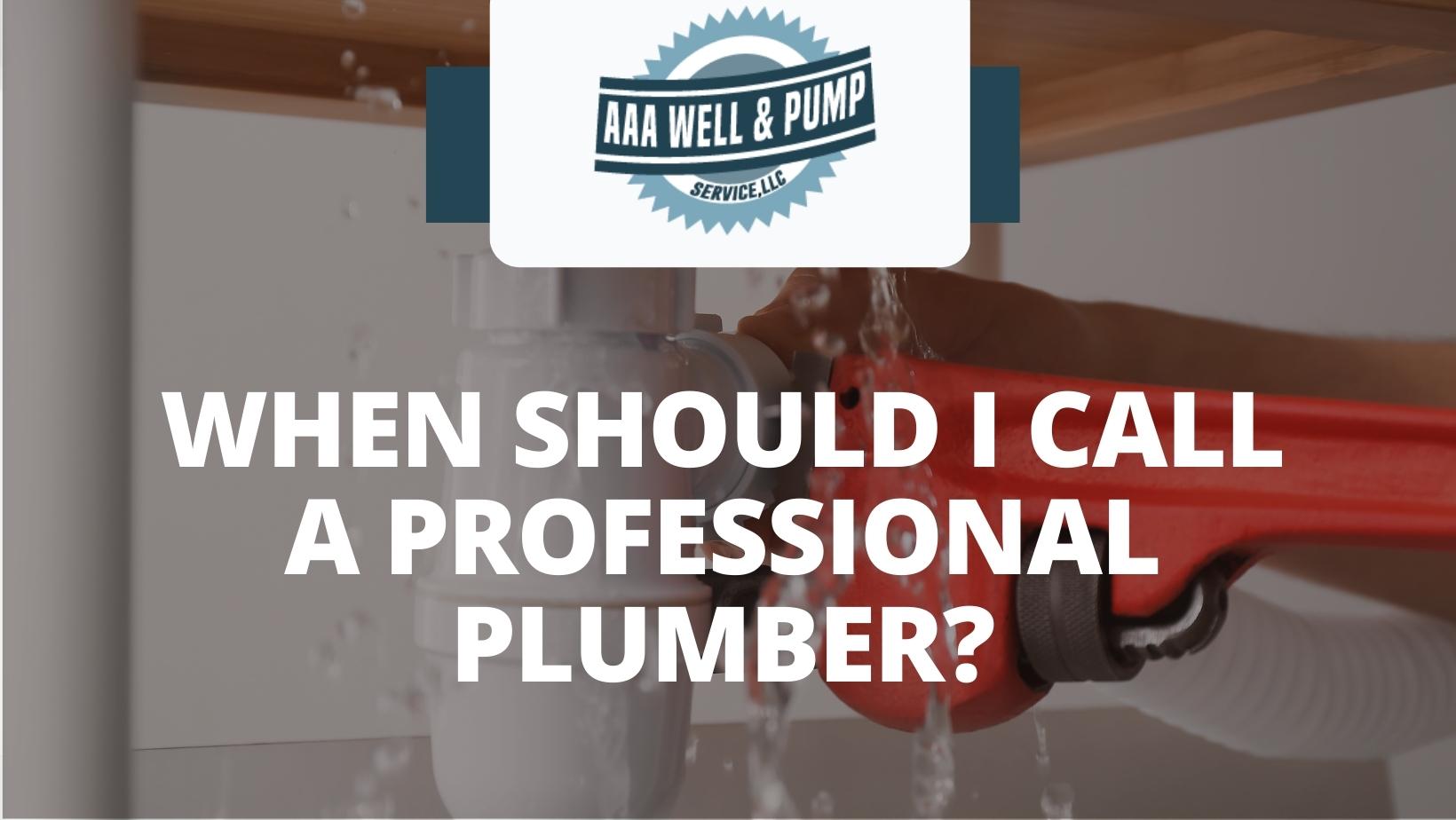If you're experiencing low water pressure in your kitchen sink, the first thing you should do is check the water supply valve. This valve controls the flow of water into your home, and if it's not fully open, it can result in decreased water pressure. Make sure the valve is completely turned on by turning it counterclockwise. If it's already fully open, try turning it off and then back on again to see if that helps increase the pressure.1. Check the water supply valve
The aerator is a small mesh screen located at the end of your faucet. Over time, minerals and debris from the water can build up on this screen, reducing the flow of water and causing low pressure. To clean it, unscrew the aerator from the faucet and soak it in a mixture of equal parts water and vinegar for about an hour. Then, scrub it with a toothbrush to remove any remaining buildup and rinse it thoroughly before screwing it back onto the faucet.2. Clean the aerator
If cleaning the aerator doesn't improve the water pressure, it may be time to replace it. A damaged or worn aerator can also contribute to low water pressure. You can purchase a new one at your local hardware store and easily screw it onto the end of your faucet. Make sure to choose an aerator with a higher flow rate to help increase the water pressure in your kitchen sink.3. Replace the aerator
Another common cause of low water pressure in the kitchen sink is clogs in the pipes. Over time, debris, grease, and other materials can build up in the pipes and restrict the flow of water. You can check for clogs by running water in the sink and then turning it off. If you hear a gurgling sound or see the water draining slowly, there may be a clog. You can try using a plunger or a plumbing snake to remove the clog, but if the problem persists, it may be best to call a plumber.4. Check for clogs in the pipes
If your home has high water pressure, it can actually cause damage to your plumbing system and appliances, leading to leaks and decreased water pressure. In this case, you may want to consider installing a water pressure regulator. This device will help regulate the water pressure coming into your home, ensuring that it doesn't exceed a safe level. You can hire a plumber to install one for you or purchase a DIY kit from your local hardware store.5. Install a water pressure regulator
If you have an older home, your kitchen sink may have outdated pipes that are contributing to low water pressure. Over time, pipes can corrode and become clogged with mineral deposits, reducing the flow of water. If you suspect this is the case in your home, you may need to replace the pipes. This is a job best left to a professional plumber, but it can greatly improve the water pressure in your kitchen sink.6. Replace old pipes
Even small leaks in your plumbing system can lead to low water pressure. Check for any visible leaks under the sink or in the pipes leading to your kitchen sink. If you can't find any leaks, you may have a hidden leak, which can be detected by checking your water meter. If the meter is still running when all water sources in your home are turned off, there may be a leak somewhere in your system. It's important to fix any leaks as soon as possible to prevent further damage and improve water pressure.7. Check for leaks
If you've tried all of the above methods and are still experiencing low water pressure in your kitchen sink, you may want to consider installing a booster pump. This device is designed to increase water pressure by boosting the flow of water through your pipes. It's important to choose the right size and type of booster pump for your home, so it's best to consult with a plumber before making a purchase.8. Install a booster pump
In some cases, the water pressure in your home may be too high or too low because it's not adjusted properly at the main valve. If you're comfortable doing so, you can try adjusting the main valve to see if it has any effect on the water pressure in your kitchen sink. Keep in mind that this should only be done in small increments to avoid causing damage to your plumbing system.9. Adjust the water pressure at the main valve
If all else fails, it's best to call a professional plumber for help. They have the knowledge and expertise to diagnose and fix any underlying issues with your plumbing system that may be causing low water pressure. They can also provide advice on how to maintain proper water pressure in your home in the future. Don't let low water pressure in your kitchen sink disrupt your daily routine. By following these tips and seeking professional help when needed, you can increase the water pressure and ensure a smooth functioning kitchen sink.
10. Call a plumber for professional help
Increase Water Pressure in Kitchen Sink: Tips for Improving Your Water Flow

Reasons for Low Water Pressure in Your Kitchen Sink
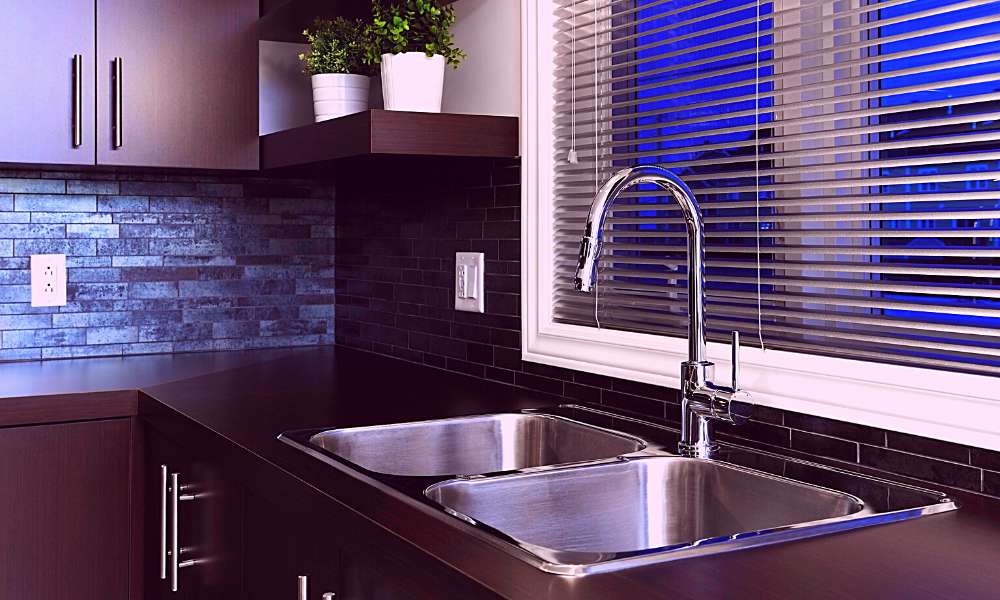 If you're experiencing low water pressure in your kitchen sink, it can be frustrating and inconvenient. There are a few possible reasons for this, including clogged pipes, a faulty faucet, or issues with your water supply. The first step in addressing low water pressure is identifying the root cause.
If you're experiencing low water pressure in your kitchen sink, it can be frustrating and inconvenient. There are a few possible reasons for this, including clogged pipes, a faulty faucet, or issues with your water supply. The first step in addressing low water pressure is identifying the root cause.
Check for Clogged Pipes
 One of the most common reasons for low water pressure in the kitchen sink is clogged pipes. Over time, mineral deposits, debris, and other buildup can accumulate in your pipes, restricting the flow of water. To check for clogs, turn off the water supply to your sink and remove the aerator from the faucet. If you notice any buildup or debris, clean it out and reattach the aerator.
One of the most common reasons for low water pressure in the kitchen sink is clogged pipes. Over time, mineral deposits, debris, and other buildup can accumulate in your pipes, restricting the flow of water. To check for clogs, turn off the water supply to your sink and remove the aerator from the faucet. If you notice any buildup or debris, clean it out and reattach the aerator.
Inspect Your Faucet
 Another culprit of low water pressure could be a faulty faucet. Over time, the internal parts of your faucet can wear down or become damaged, causing restricted water flow. If you suspect your faucet is the problem, it may be time to replace it or have it repaired by a professional plumber.
Another culprit of low water pressure could be a faulty faucet. Over time, the internal parts of your faucet can wear down or become damaged, causing restricted water flow. If you suspect your faucet is the problem, it may be time to replace it or have it repaired by a professional plumber.
Consider Your Water Supply
 Sometimes, the issue may not be with your pipes or faucet, but rather your water supply. If you live in an area with low water pressure, there may not be much you can do to increase the water flow in your kitchen sink. However, if you suspect a problem with your water supply, it's best to contact your local water provider to address the issue.
Sometimes, the issue may not be with your pipes or faucet, but rather your water supply. If you live in an area with low water pressure, there may not be much you can do to increase the water flow in your kitchen sink. However, if you suspect a problem with your water supply, it's best to contact your local water provider to address the issue.
Ways to Increase Water Pressure
 If none of the above solutions seem to be the cause of your low water pressure, there are a few things you can try to increase the water flow in your kitchen sink. One option is to install a water pressure booster pump, which can be installed on your main water supply line to increase water pressure throughout your home. Another option is to replace your current faucet with a high-pressure model. Additionally, regularly cleaning and maintaining your pipes can help prevent clogs and improve water flow.
If none of the above solutions seem to be the cause of your low water pressure, there are a few things you can try to increase the water flow in your kitchen sink. One option is to install a water pressure booster pump, which can be installed on your main water supply line to increase water pressure throughout your home. Another option is to replace your current faucet with a high-pressure model. Additionally, regularly cleaning and maintaining your pipes can help prevent clogs and improve water flow.
Conclusion
 Dealing with low water pressure in your kitchen sink can be a frustrating issue, but there are several steps you can take to address and improve it. By identifying the root cause and considering your options for increasing water pressure, you can optimize your kitchen sink's water flow and make your daily tasks more efficient. Be sure to regularly clean and maintain your plumbing to prevent future issues with water pressure.
Dealing with low water pressure in your kitchen sink can be a frustrating issue, but there are several steps you can take to address and improve it. By identifying the root cause and considering your options for increasing water pressure, you can optimize your kitchen sink's water flow and make your daily tasks more efficient. Be sure to regularly clean and maintain your plumbing to prevent future issues with water pressure.





:max_bytes(150000):strip_icc()/GettyImages-1057621140-78ab2e946841421d9a7efeebe02935d2.jpg)
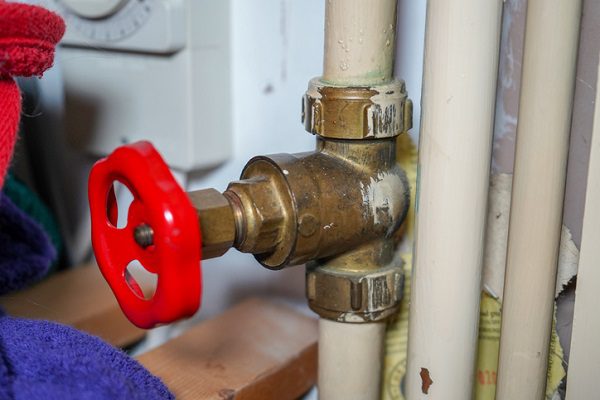





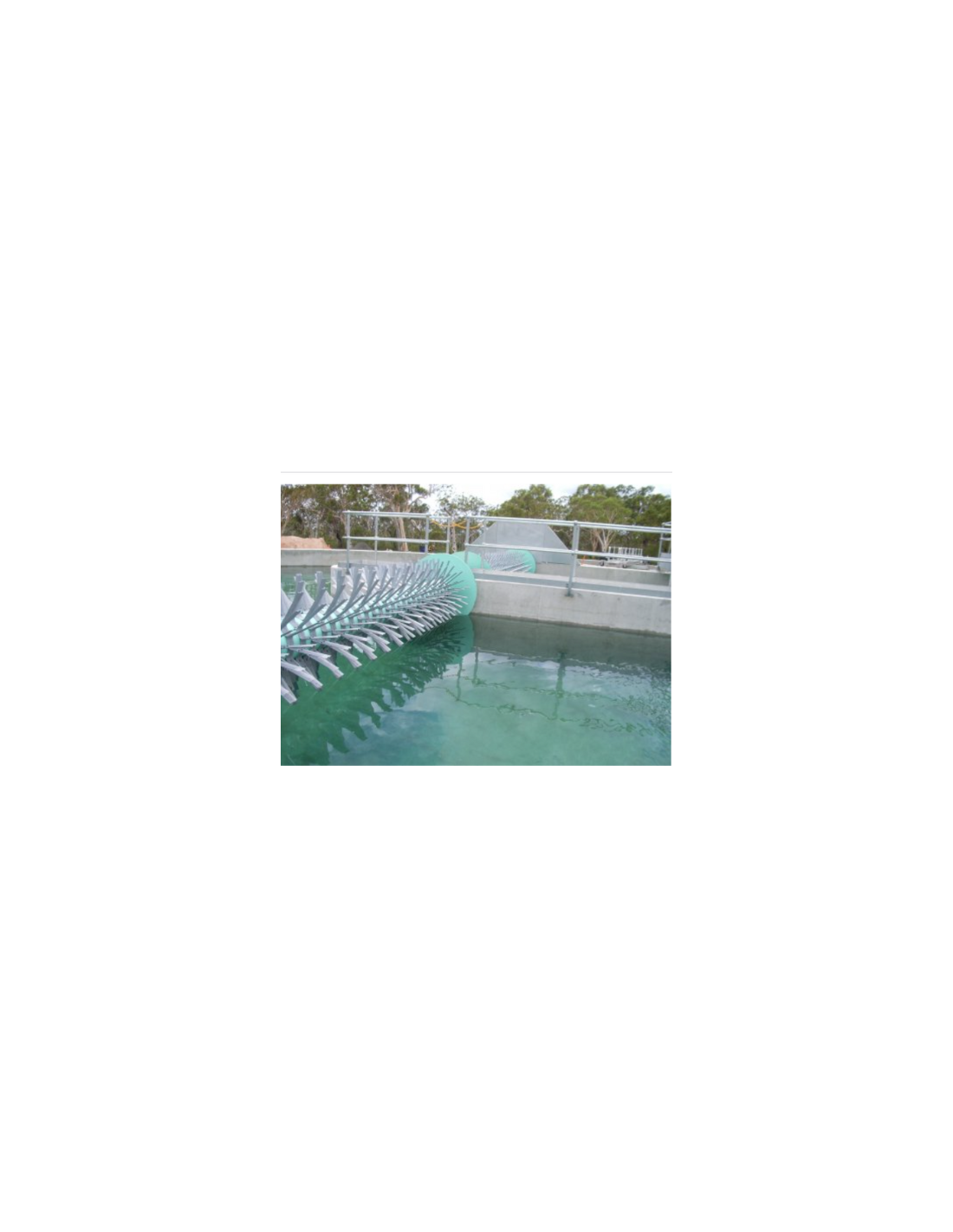





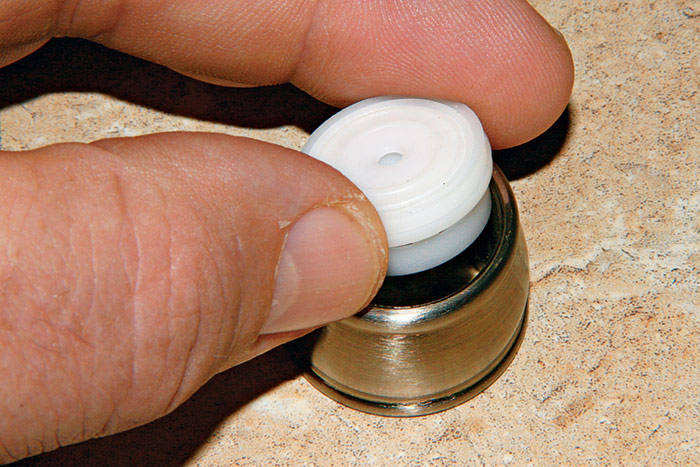
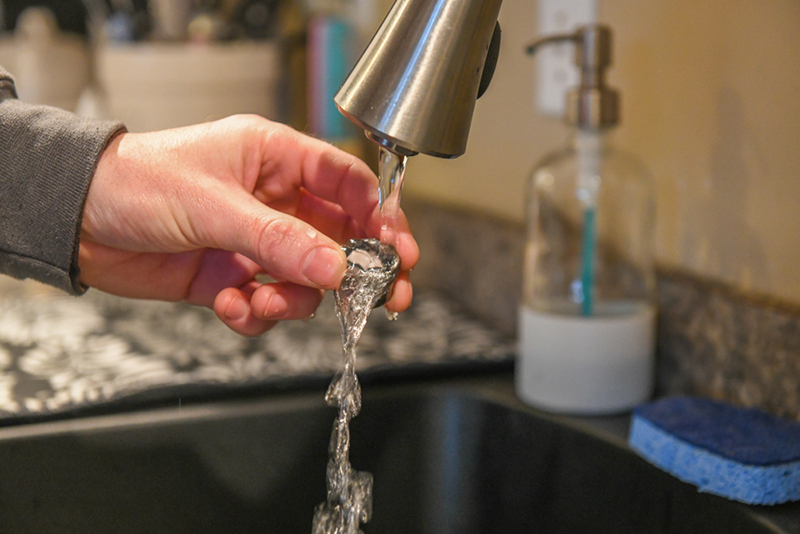
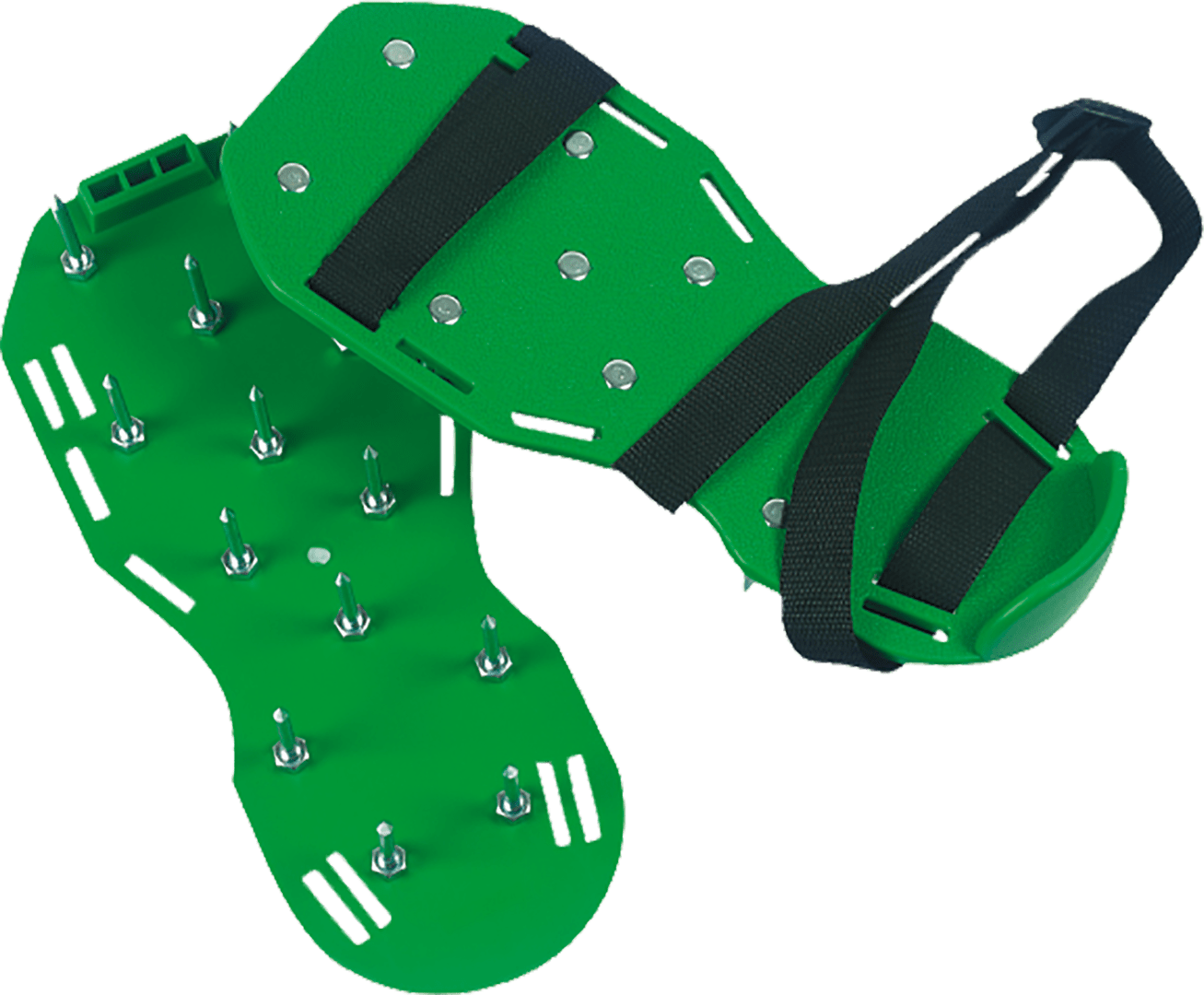
:max_bytes(150000):strip_icc()/clearing-a-blocked-faucet-aerator-2718807-07-b5a90554991f4bb69efb45a472df7f23.jpg)
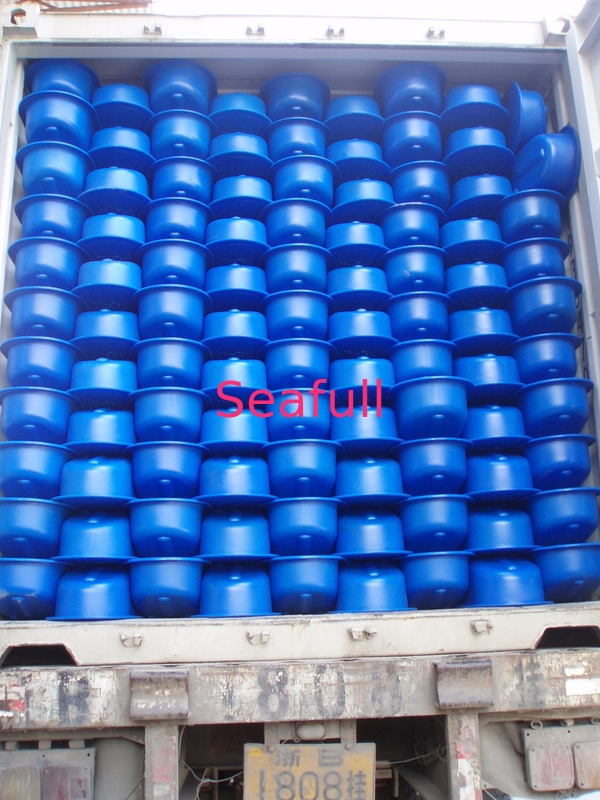



/RemovingAeratorAssembly-99881d30169b43cebc3fe72f6d4b25b9.jpg)





